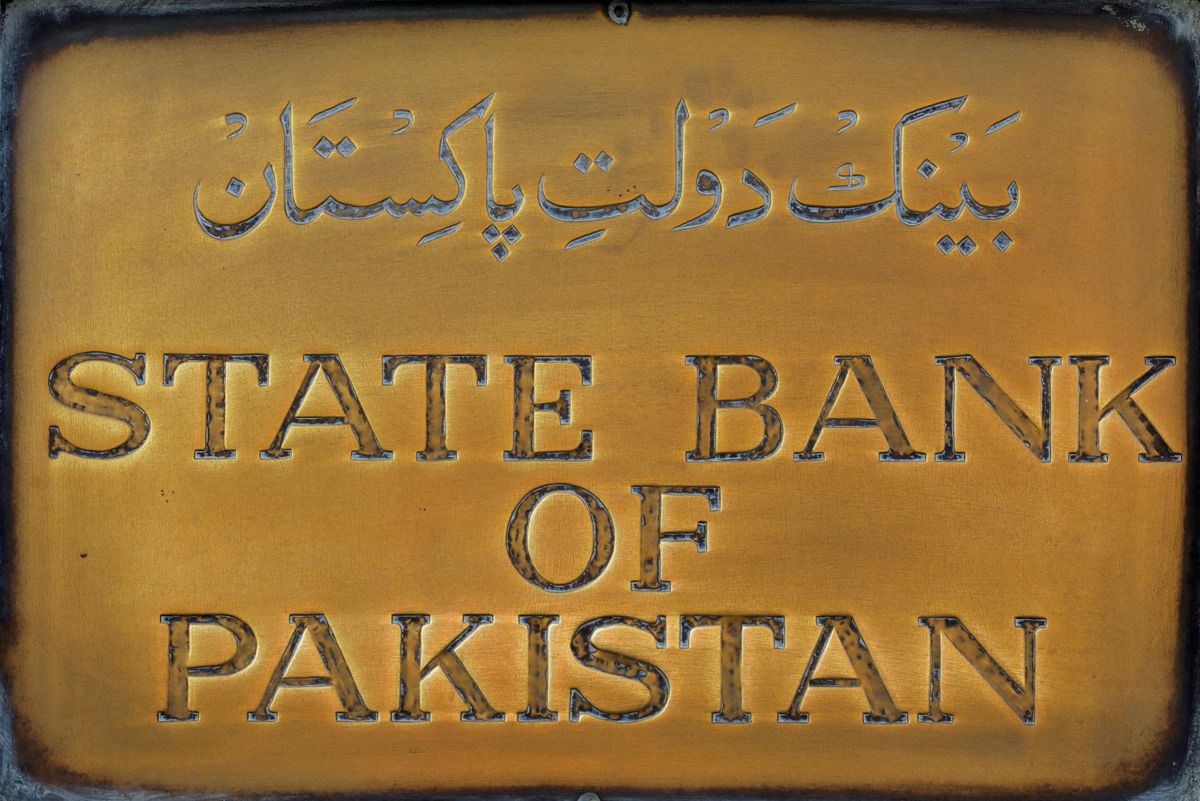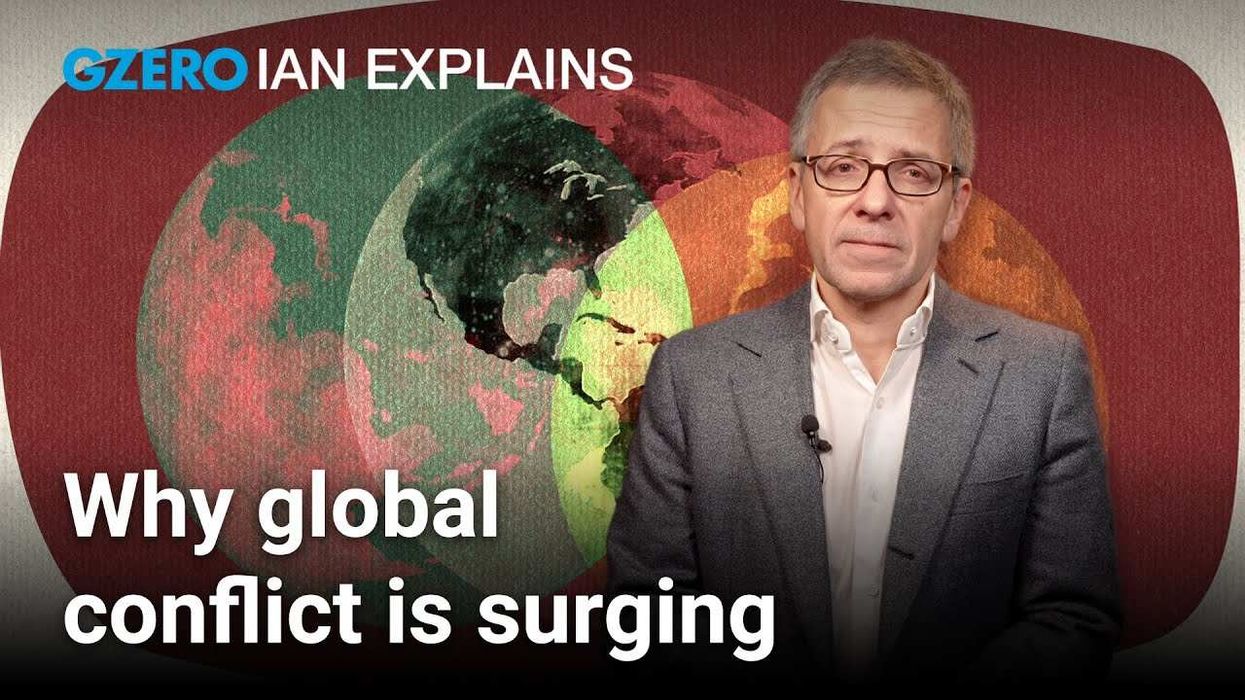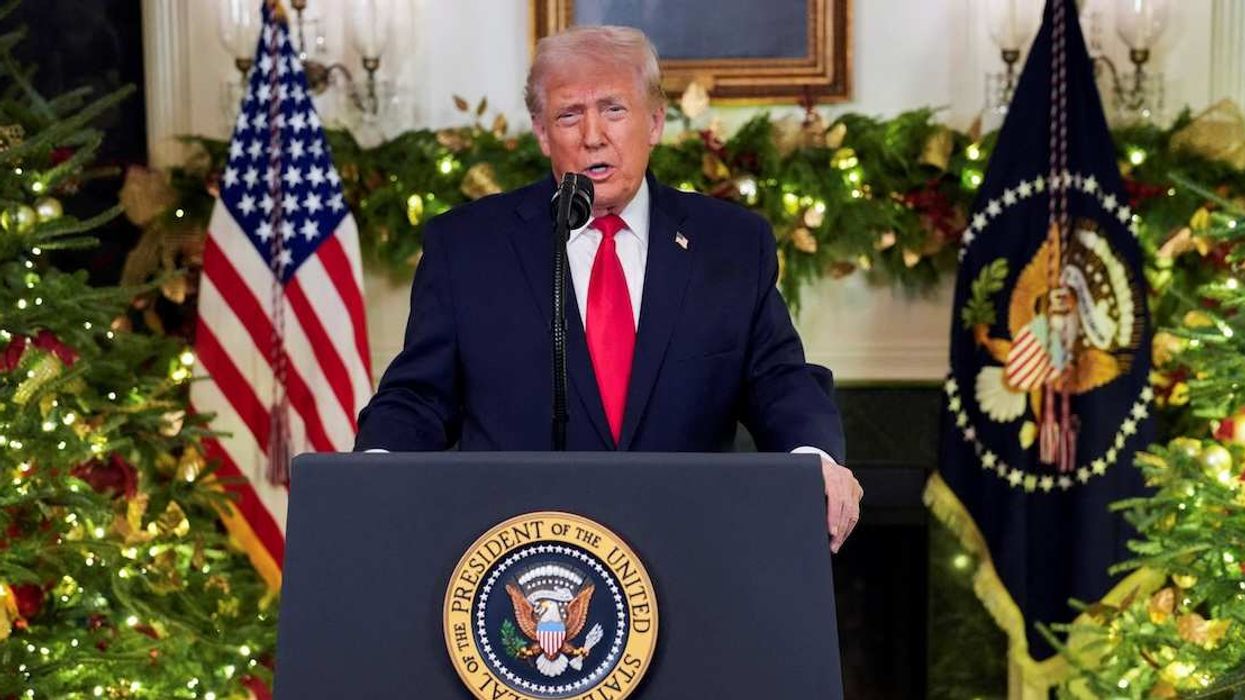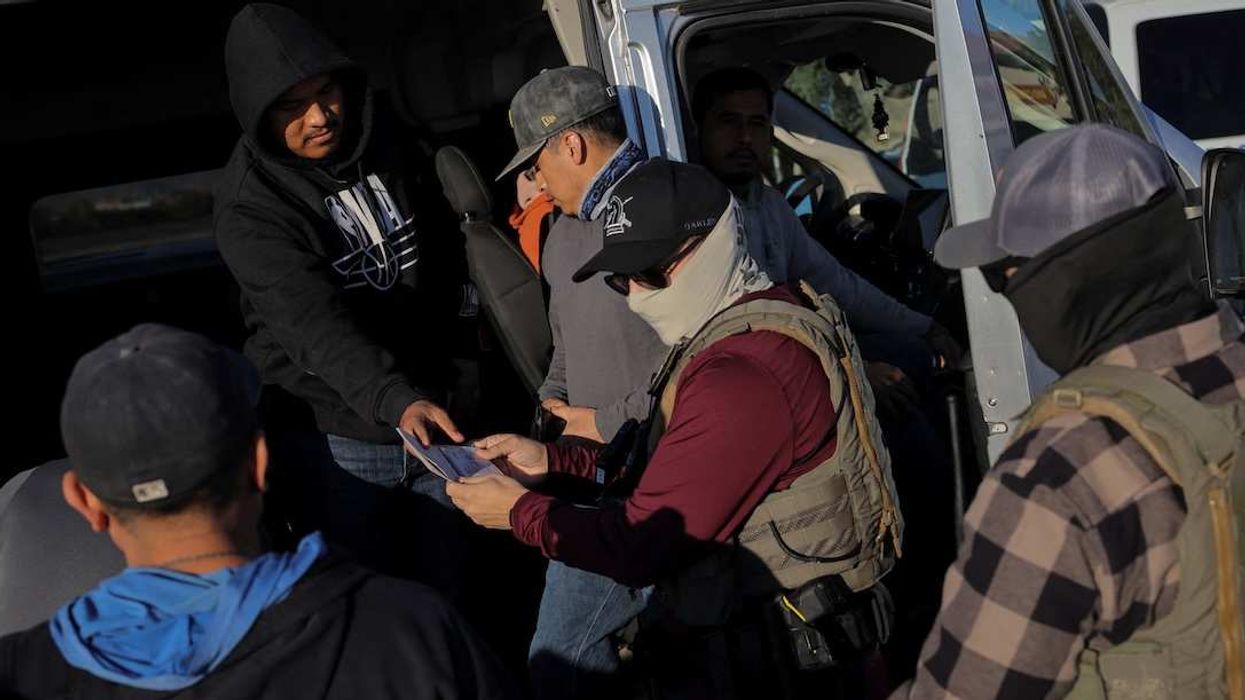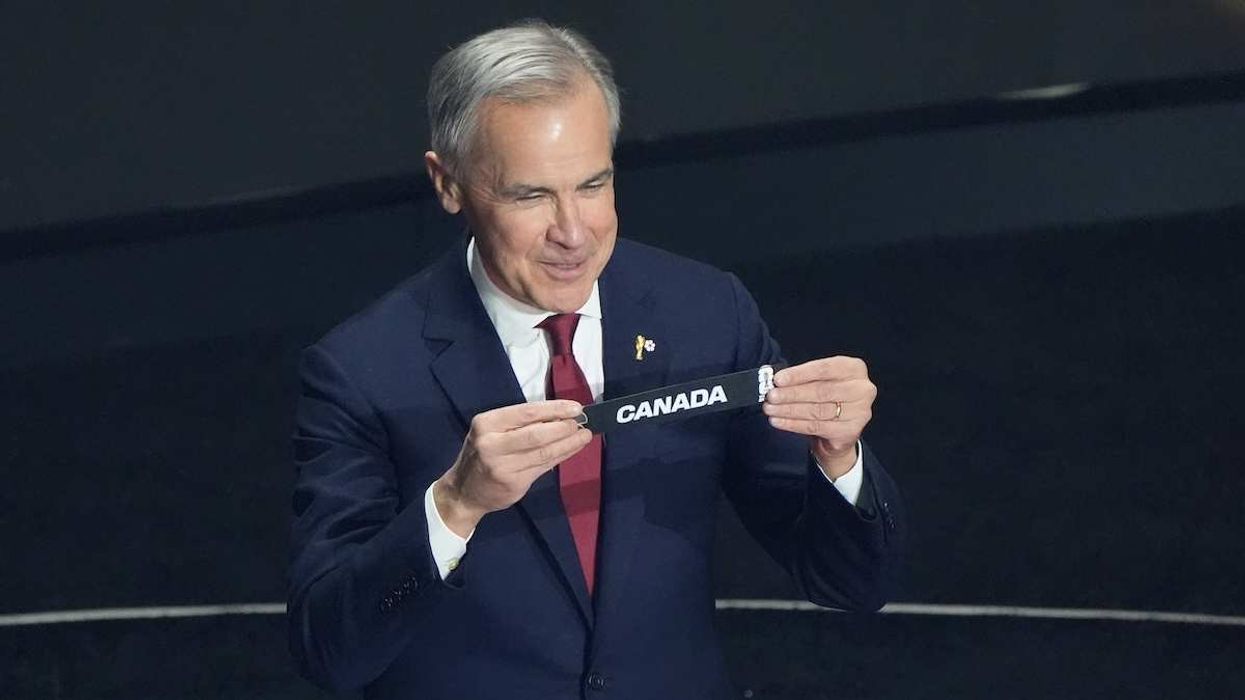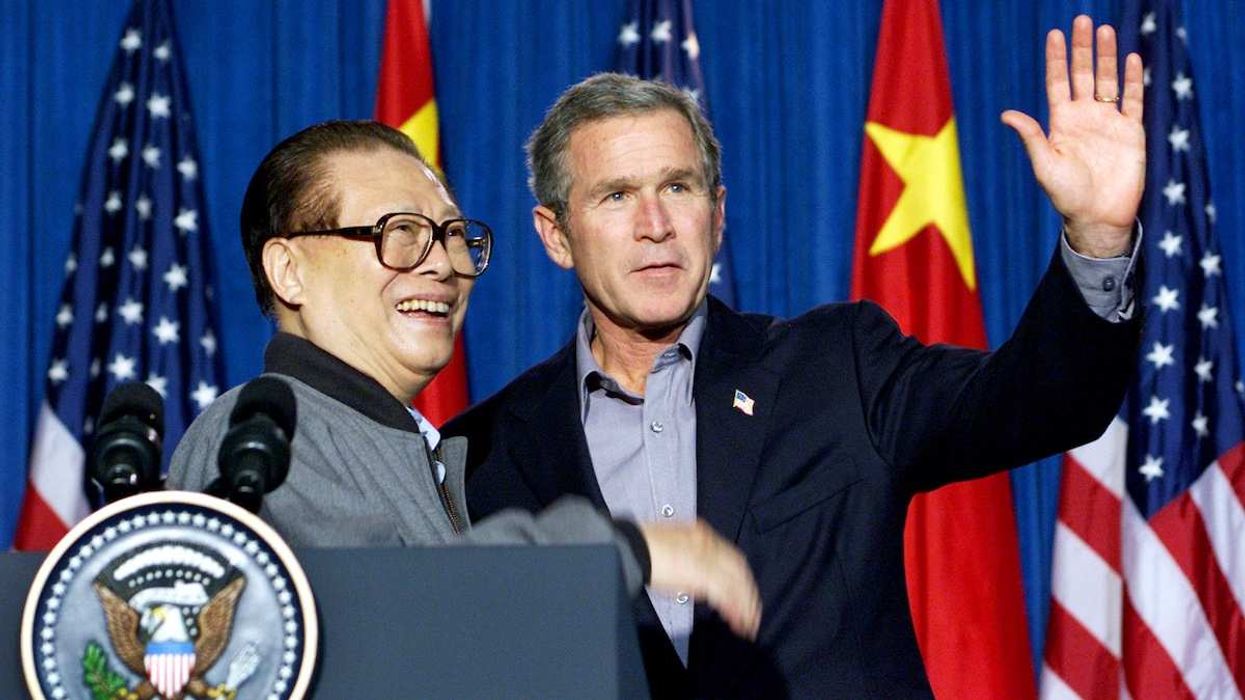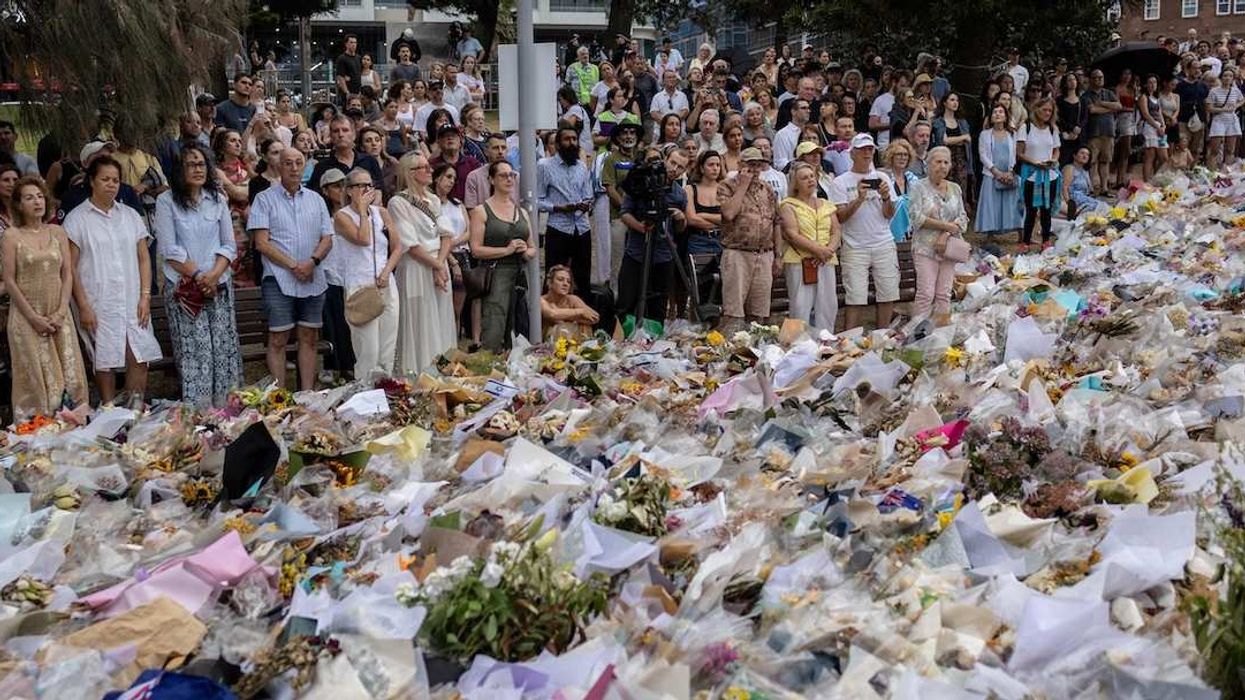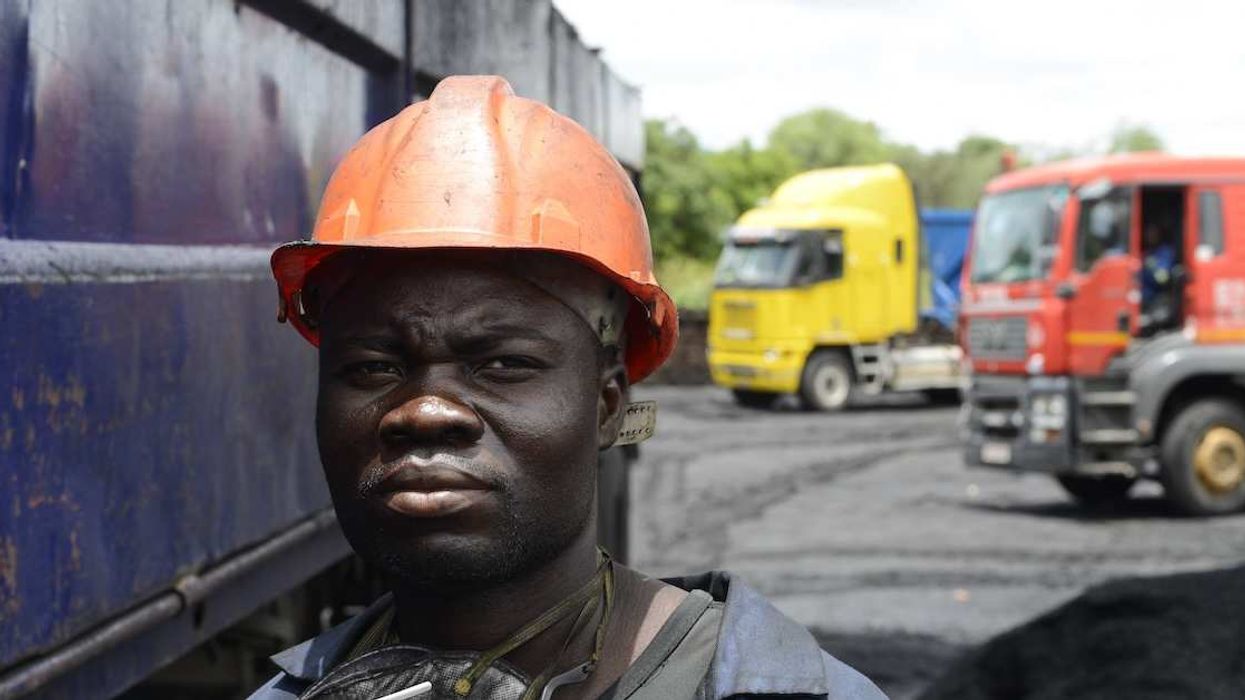Pakistan is facing default on its sovereign debt.
After Sri Lanka, it’s the latest emerging economy to falter in the wake of COVID, the war in Ukraine, and skyrocketing inflation. But the stakes are higher: Pakistan borders China, India, Iran, and Afghanistan, and it sits at the crossroads of the Persian Gulf and the Indian Ocean. It’s embroiled in a battle against rising terrorism, and it has nuclear weapons.
But the world’s fifth-most populous country — where 220 million live under a political system plagued by corruption and extremism ± isn’t just broke. Polarized and isolated, it’s going through a period of instability not seen since its civil war in 1971, when it lost a majority of its population as East Pakistan seceded to become Bangladesh.
A serious rethink is needed about the way Pakistan manages itself and its diplomacy. So, are its rulers making the right adjustments?
Debt and doubt are mounting. The Pakistani rupee lost 8.3% of its value last week — an all-time low. Its stocks are the worst performing in Asia, and it has less than two months' worth of foreign exchange reserves, which means Pakistan needs an IMF bailout immediately.
But the country has a habit of not mending its ways: Pakistan is one of the most bailed-out countries on the IMF’s books, having received 22 loans since 1958. It borrows, refuses to reform, then borrows again. Now, the IMF wants more than Pakistan’s empty promises and is seeking assurances from a guarantor like Saudi Arabia before offering another lifeline.
Political turmoil has paralyzed governance. The military remains all-powerful but is threatened by recently ousted Prime Minister Imran Khan. Once an ally of the generals, Khan lost their support this spring and paid for it with a no-confidence vote that saw him replaced by a military-backed coalition of older political dynasties, the Sharifs and Bhuttos. But high prices, power cuts, and removal of public subsidies have quickly eroded support for the new government.
Despite his own track record of maladministration, Khan is gaining the sympathy of the street, turning protests into votes, bashing his former benefactors, and threatening further unrest.
Security and geopolitical problems are also escalating. After backing the Taliban for two decades while pretending to be America’s ally, Pakistan’s gotten more than it bargained for. It’s suffering attacks from terrorists based in Afghanistan, and its relationship with Washington has deteriorated. American diplomatic interest and financial investments have all but dried up. This has pushed Pakistan to embrace China and its expensive loans tied to Beijing’s Belt and Road Initiative.
But as China tries to make inroads, its personnel and projects have been targeted by insurgents, forcing Beijing to go slow on investments there.
Meanwhile, Pakistan’s poisonous relationship with India has only worsened. Narendra Modi’s Hindu-nationalist regime has tightened its grip in Delhi while anti-India generals continue to dominate Islamabad’s foreign policy. Despite a back channel, the two sides barely trade or talk, and instead support proxy militants on each other’s turf. Moreover, Islamabad has seen relations chill with once-friendly neighbors like Saudi Arabia, the UAE, and Iran, all of whom now have warmer ties with New Delhi because of India’s increasing economic clout.
If the most immediate threat is default, can Pakistan avoid it? Even though the rupee saw its biggest drop last week since 1998, its central bank thinks it can meet its obligations for yet another IMF bailout. Others are not so sure.
“Pakistan is significantly closer to default today than it was a few days ago,” says Uzair Younus, director of the Pakistan Initiative at Washington’s Atlantic Council. “Does this mean default is imminent? No, but domestic elites are signaling that they are bracing for impact and a hard landing.”
Crucially, the political will to improve the situation seems to be lacking. “There’s little incentive for politicians to cooperate and bring Pakistan back from the brink,” Younus says about the leadership, which is dominated by exploitative landed and industrial classes who maintain their assets abroad.
This was evident on Friday, when the election of the chief ministership of Punjab, the country's largest province, didn’t go to Imran Khan’s candidate despite being poised for a majority. Rather, backroom politicking robbed Khan and his allies of their prize, resulting in protests. With such political wrangling and brinkmanship, there is only one disciplinarian: the Pakistan military.
“The chaos may once more open the door for enhanced involvement of the military in stabilizing the political economy,” says Younus.
Pakistanis aren’t unfamiliar with military interventionism in their daily lives. The world’s sixth-largest military has ruled Pakistan directly or indirectly for most of the last 75 years since independence.
If the military leans in, it could lead to one of two types of scenarios: direct rule, which the army has exercised intermittently for over three decades; or indirect rule, which means the brass appoint an apolitical and technocratic government, a model the generals have also toyed with in the past.
While admitting that Pakistan’s economic and political situation is becoming untenable, senior security officials, speaking on condition of anonymity, denied that direct rule is in the cards. But a former Pakistani diplomat said he got a “heads-up to stand by in case of a technocratic set-up by the ‘Establishment’.” That’s Pakistan-speak for the army and its praetorian intelligence apparatus.
Even if autocrats take over or bring in technocrats from Pakistan’s diaspora to run things, certain realities will be hard to change. India, not Pakistan, is Washington’s new best friend in South Asia. And while India has graduated to a $3.3 trillion economy, overtaking the UK as the world’s fifth-largest, Pakistan’s over-investment in remaining a national security state has only unraveled its potential.
Aid packages and military interventions can’t fix that. Pakistan has retained a military it can’t afford and backed proxies it can’t control while allowing its financial and administrative institutions to falter. With an anemic tax regime, stagnant industrialization, a shrinking middle class, the biggest gender income gap in South Asia, and a falling education rate (with nearly half of 5-16-year-olds unenrolled in school), Pakistan needs more than multilateral institutions and donors to come to its aid. It needs economic reforms and a security rethink.
No friend or ally has been able to convince the country to mend its ways. But of all its partners – and there aren’t many – China is the most likely to pick up the tab. Beijing has long seen Islamabad as a bulwark against their common rival, India, but the economic and diplomatic costs of supporting Pakistan, its “Iron Brother,” are mounting. The $65 billion China-Pakistan Economic Corridor, for example, is struggling because of Pakistan’s inability to deliver.
“CPEC was the crown jewel of Xi Jinping’s Belt and Road Initiative and the downward spiral of Pakistan, weighed down after binging on Chinese debt, will undermine China's economic diplomacy,” says Younus.
Given its size, location, and its nukes, many Pakistani leaders have often scoffed at the notion of collapse or default, insisting the country is too big to fail. That’s one reason why the country has failed to develop a sounder economic system, relying instead on bailouts.
But Pakistan’s weakness isn’t just financial; it’s also existential. With such divisive politics, it can’t afford another military or technocratic regime. Considering the rough neighborhood it resides in, becoming a Chinese dependent is also dangerous. Critically, with failures on so many fronts — economics, war, democracy, human rights — Pakistan is running out of time to correct its course.